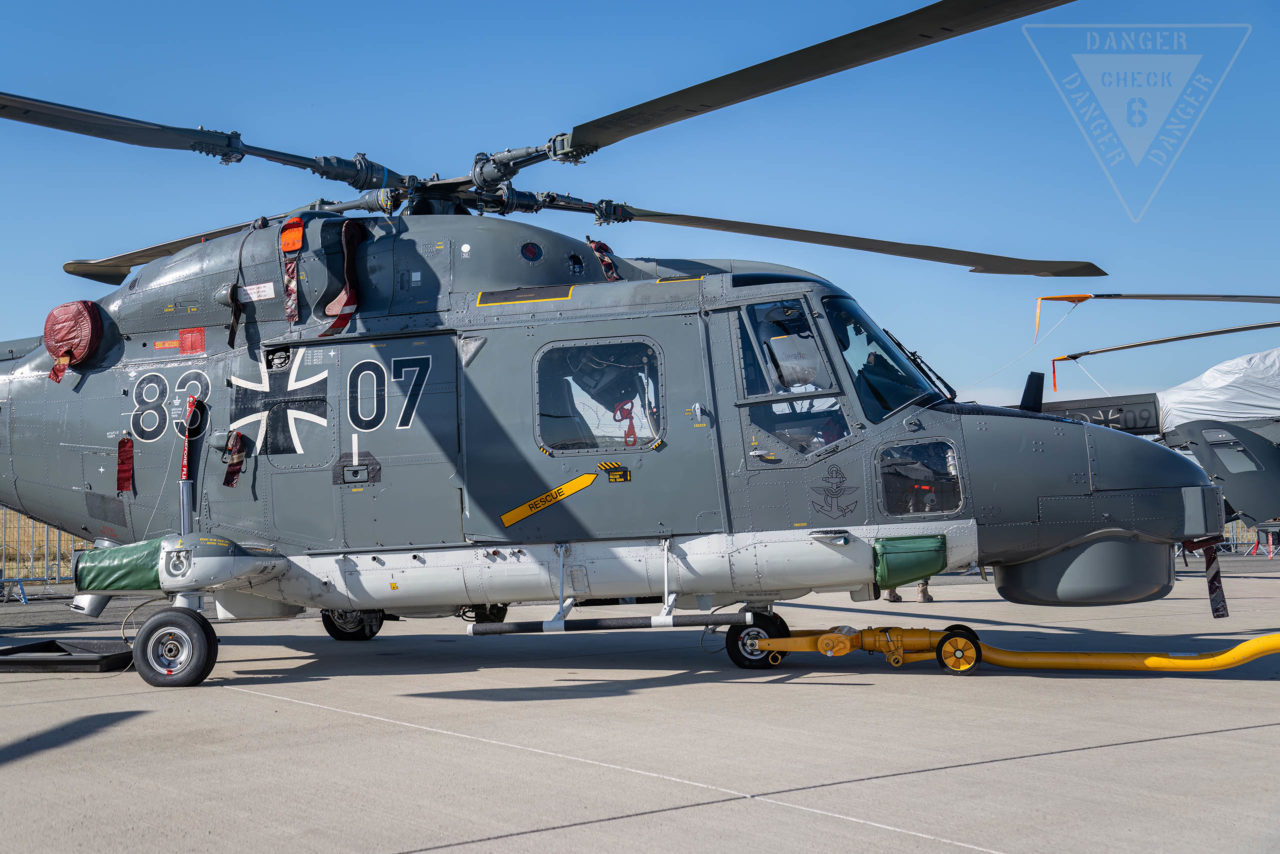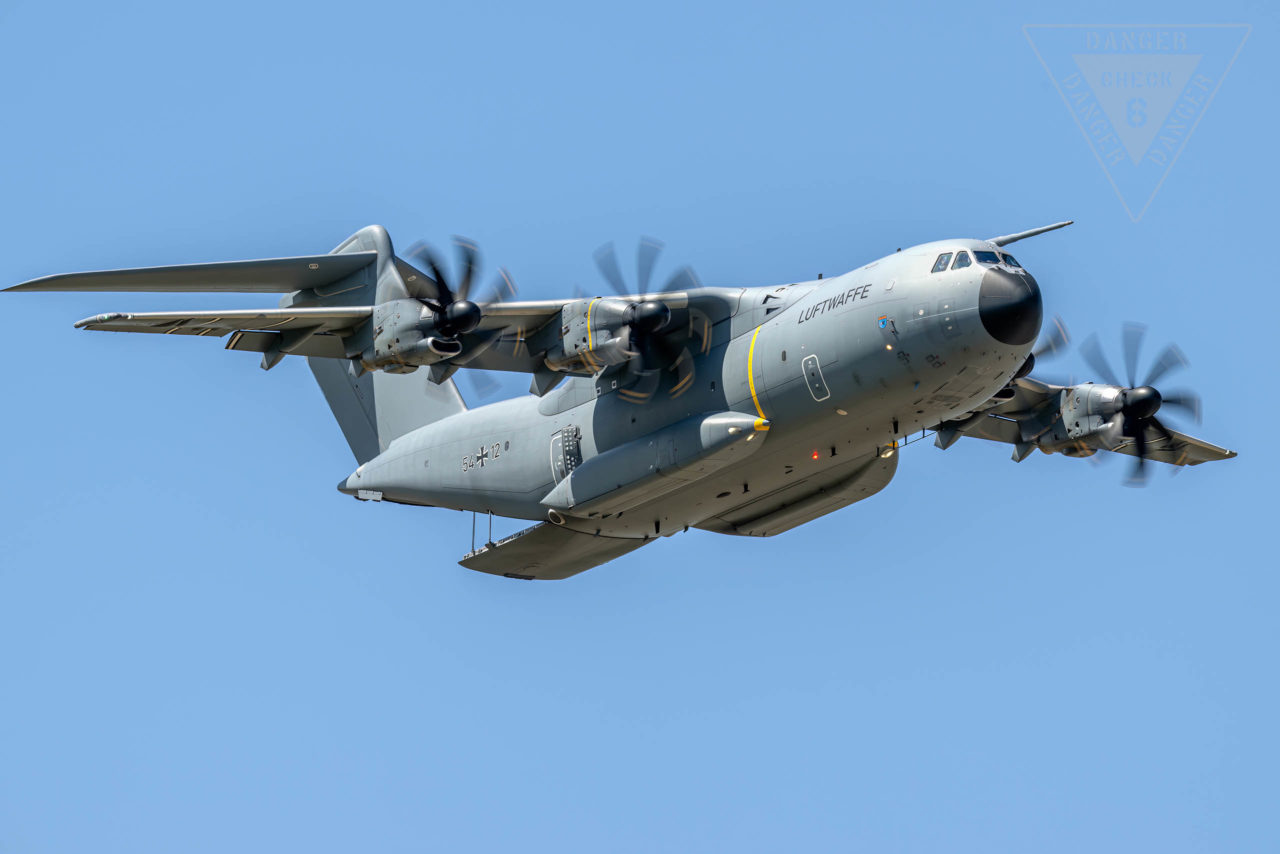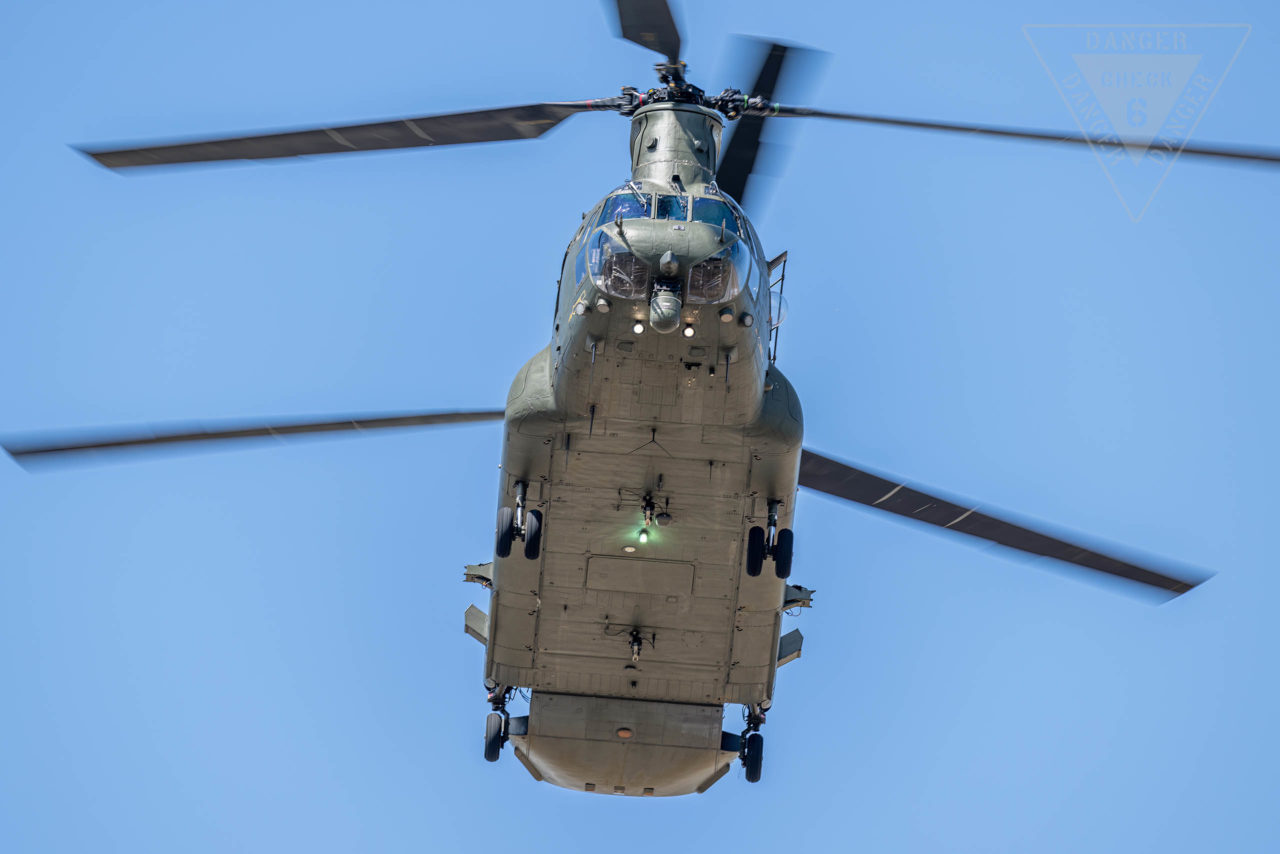INT. LUFTFAHRT AUSSTELLUNG ILA 2022 - Berlin / Germany
Update: 2022/07/31 by Robert Kysela / CHK6







PIONEERING AEROSPACE – this was the motto under which the International Aerospace Exhibition (ILA) opened its doors at Berlin Brandenburg Airport – BER on June 22nd, 2022. In total, more than 530 exhibitors with 56 aircraft and equipment showed the current state of the art in the aviation industry. Although the ILA did not come close to matching the figures of past trade shows, a cautious mood of optimism in the industry was nevertheless evident everywhere. This time, the topics were geared more than ever to current and future politics. Accordingly, the proportion of visitors from this sector was high, starting with the current German Chancellor Olaf Scholz (who officially opened the ILA on June 22) as well as numerous ministers from the red-green state and federal governments. Just as in the energy as well as in the automotive sector, the German aerospace industry has committed itself at the ILA to implement the political direction of the government. Accordingly, the Inspector of the German Air Force, Lieutenant General Ingo Gerhartz, saw the focal points of the trade show in the topics of security and sustainability in his opening speech.
Whereas in the past the main focus was on comfort, safety and, of course, costs in the civilian sector and technical superiority in the military sector, climate protection is now making its way into development
R. Kysela
In total, the German government has earmarked 100 billion euros for the armed forces, 41 billion of which is earmarked for the flying units
R. Kysela
On the trade visitor days, the crowd of spectators was rather restrained, which was hardly surprising given an admission price of 60 euros and a flight program that did not even begin to live up to the name. Just three aircraft were to be seen in the air throughout the day, none of which took off or landed near the exhibition grounds. Besides an Airbus A400M of LTG 62 from Wunsdorf, as well as a Eurofighter EF-2000 of TLG 73 “S” from Laage/Rostock, a Boeing HC.Mk 6 CHINOOK of the Royal Air Force could be seen in the flight program. The flimsy reason given for the greatly reduced flight program was that they did not want to disturb civilian air traffic at BER. The airport has two runways and the aircraft movements during the ILA would have easily allowed a normal flight program. If BER does not allow an event of this magnitude, then relocating future ILA’s to an adequate airport, such as Leipzig, is the only logical alternative! Dear ILA – sorry, but that was crap!
For the very first time, the Luftwaffe's newest aircraft could be admired on German soil - the Lockheed Martin C-130-30 Hercules.
R. Kysela
The static display was also modest compared to ILA 2018, but there were some very interesting and rare samples on site. For the very first time, the Luftwaffe’s newest aircraft could be admired on German soil – the Lockheed Martin C-130J-30 SUPER HERCULES. The Luftwaffe was also represented by just about everything that (still) flies under the iron cross. Among them was a venerable Panavia TORNADO IDS. In the civilian sector, it was Airbus that made up the lion’s share of the exhibited aircraft. The highlight was the BelugaXL. The latest generation of this wide-body transporter is based on the A330 and can carry bulky goods weighing up to 53 tons. Airbus plans to put six aircraft of this type into service. The German Navy will also replace their Lockheed P-3C ORION´s with modern Boeing P-8A POSEIDON in the near future. A total of five aircraft of this type, which is based on the 737 model series, are to replace the aging ORION from the end of 2024. As a foretaste, a U.S. NAVY P-8A POSEIDON was on static display at the ILA.
Robert Kysela / CHK6




























